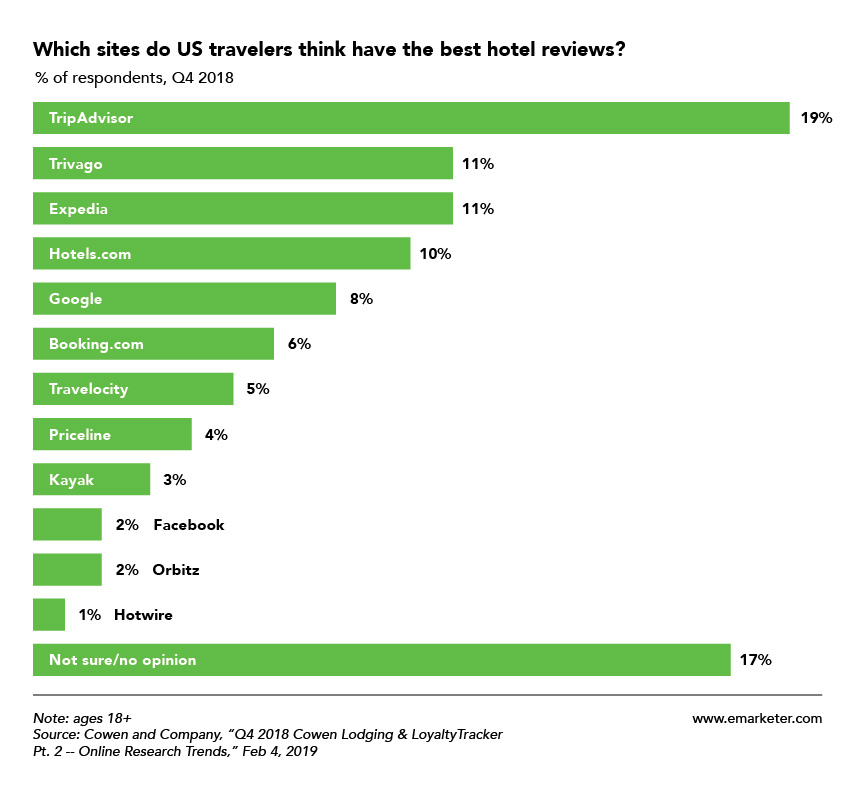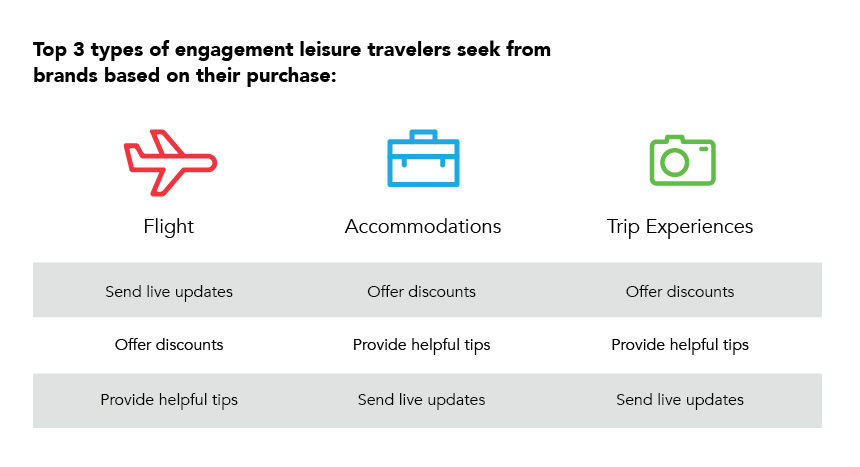Click. Click. Click. Click. The familiar sound of convenience. But do you remember what it was like planning a trip before the internet was a thing? No websites, no apps, no e-tickets, no online bookings. Just the thought of it may be an anxiety trigger for those of us who have grown overly dependent on the internet.
The influence of digital technology on a traveller’s entire consumer journey is profound. We remember a time when we were fully dependent on travel agents for bookings, physically shopping around for the best offers at travel agencies or airline offices. People found inspiration in glossy travel magazines—or by spinning the globe on their desk.
Today, the mind-boggling volume of data at our fingertips allows us to plan trips from soup to nuts, independently. Booking the cheapest flights on Hopper, researching Rome’s best restaurants, reading about experiences on TripAdvisor, finding accommodation on Airbnb, browsing Instagram and Pinterest for travel inspiration… The list goes on and on.
So, what does the digital consumer journey look like for travellers today?
Inspiration, discovery, and planning
Social media-fueled tourism is a thing. When we think about where consumers go for travel inspiration, social media is, more often than not, the answer. Instagram and Facebook are among the top online channels for destination discovery and inspiration, especially for travellers between the ages of 18-34. A study found that Instagram is a key factor in destination choice among millennials, with 40% of survey respondents indicating that, when choosing a destination, they think about how “instagrammable” the holiday will be.
There are also hundreds upon hundreds of “travel inspiration” Pinterest boards. Considering that there are 250 million active monthly Pinterest users—and that pins about travel and tourism make up nearly 25% of all activity on Pinterest—it’s no wonder that 75% of the top five airlines, booking, destination, hotel, and media brands are on Pinterest. These brands know where their target audience is, and they are trying to be present.

And let’s not forget about travel review websites, such as TripAdvisor, which have become as important as social media in the planning phase. Skift’s traveller survey found that almost half of the survey respondents (49% of avid travellers) consider travel review sites to be the most important source of planning information. As for hotels, 19% of US travellers surveyed indicated that TripAdvisor is the best source for hotel reviews, followed by Trivago and Expedia (11%) and Hotels.com (10%). All of which makes it critically important for hospitality providers to monitor and manage reviews on all the sites and directories that matter.
Mobile also plays a huge role in the discovery phase to booking. In fact, 42% of consumers look for travel inspiration on mobile, and 40% actually complete their booking via mobile. Additionally, Facebook’s research found that leisure travellers between the ages of 18–34 are 2.4x more likely than those aged 35+ to discover travel destinations via mobile.
Therefore, in order for travel and hospitality brands to remain competitive, they need to think about the travel micro-moments (a key theme in our travel white paper) and be present and visible to the consumer very early on in the purchase journey. This can be accomplished by devising solid content and media strategies to enhance the relevance of your brand and earn your place in each customer’s consideration set.
Trip and post-purchase engagement
Travellers tend to stay connected while on their trip, with 60% of travellers (and 97% of millennial travellers) sharing their travel photos before their vacations are over. It plays into the rise of user-generated content (UGC) as a potent form of travel marketing, with 85% of consumers stating that UGC—especially content from family and friends—has more influence over their decisions than content published by brands.
Travellers are also active after their trips. After returning, 40% of them post activity/attraction reviews, 40% post restaurant reviews, and 46% post hotel reviews. These statistics speak to the importance of review management, an area in which we have helped many clients develop community guidelines that detail how to respond to reviews and negative comments. A strategy must be put in place to ensure that customer complaints (as well as positive comments) are responded to genuinely and in a timely manner.

Post-purchase engagement is also important for consumers: 65% of flight shoppers want post-purchase engagement from brands, with discounts being the most desired update. Other types of updates include sending live updates and providing helpful tips.
The journey is as important as the destination
For brands, it’s clear that presence and relevance are the two most important qualities in a competitive industry that has been turned upside down by digital technology. But how are they achieved?
- Build marketing strategies that address the entire consumer journey, from the initial discovery (thinking) and planning phases to post-purchase engagement.
- Offer personalised messages and support at every stage of the travel journey; cut through the noise and reach customers in their moment of need.
- Know that cross-device journeys take longer than single-device ones (requiring five additional days, 55% more sessions, and 45% more digital touchpoints) and you’ll appreciate the importance of catering to the omnichannel shopper.
- Finally, recognise that social media is an integral aspect of the travel journey that cannot be ignored.
We understand the importance of meeting customers where they are—whether it’s through the content we develop or the ads we promote—and our main goal is always to help our clients reach their customers whenever and wherever they are. Want to know how we can help your travel or hospitality brand? Contact DAC.




